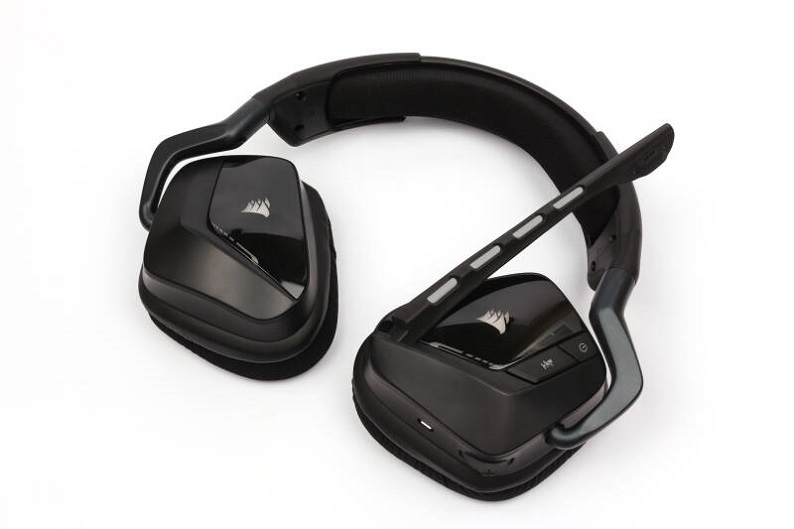

The Void Pro is better on both counts, though it’s the fidelity that counts most.

Second, it has a bad habit of picking up any and all plosives.”

First, the range is pretty narrow and it sounds like you’re talking through a cell-phone mic. If that microphone sucks, then why bother?Īnd the original Void’s microphone sucked. Ostensibly the reason you’re buying a gaming headset and not a comparably priced (and probably better sounding) pair of headphones is because you want the convenience of a built-in microphone. On the other hand that’s easily rectified by buying (or just scrounging up) a longer microUSB cable. Either way, it’s usually enough to get through the day without needing a charge-though when I did need the charging cable mid-day I was annoyed at how short it is. Battery life is also decent, with around 12 hours of battery when lit up and 16-ish when dark. IDG / Adam Patrick MurrayĬorsair’s RGB lighting remains still top-notch, and easily controlled through software. The headband also slants forward a bit, which balances its weight better than some other headsets. While sporting a bit more plastic than some of its competitors, the reinforced metal headband gives it a decent heft. The Void Pro is otherwise pretty solid though. I wish Corsair could find a similar compromise, because it’s the main issue I have with the Void line. You eventually get used to it, but other headsets (like the HyperX Cloud Alpha) manage to feel both comfortable and secure. This, combined with the Void Pro’s oversized kite-shaped ears and slick mesh padding, contributes to weirdly precarious feeling-as if the headset might fall off at any moment.


 0 kommentar(er)
0 kommentar(er)
